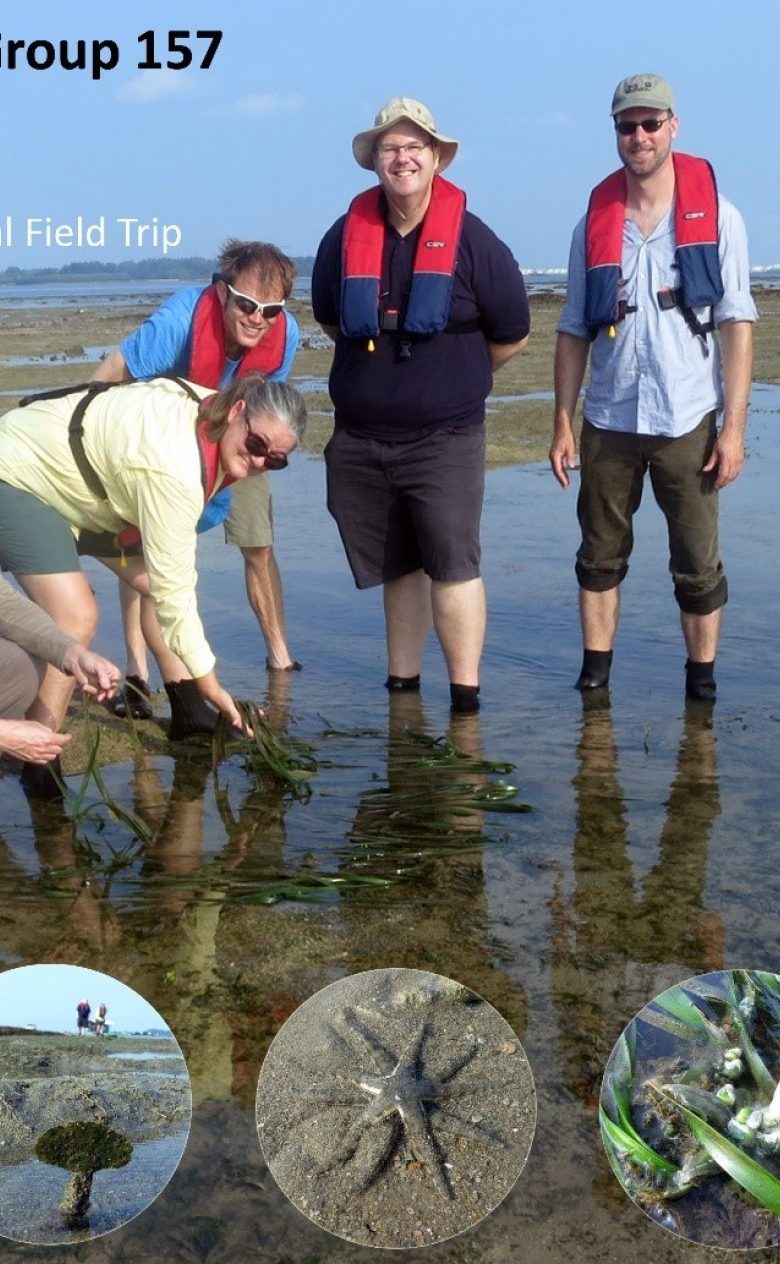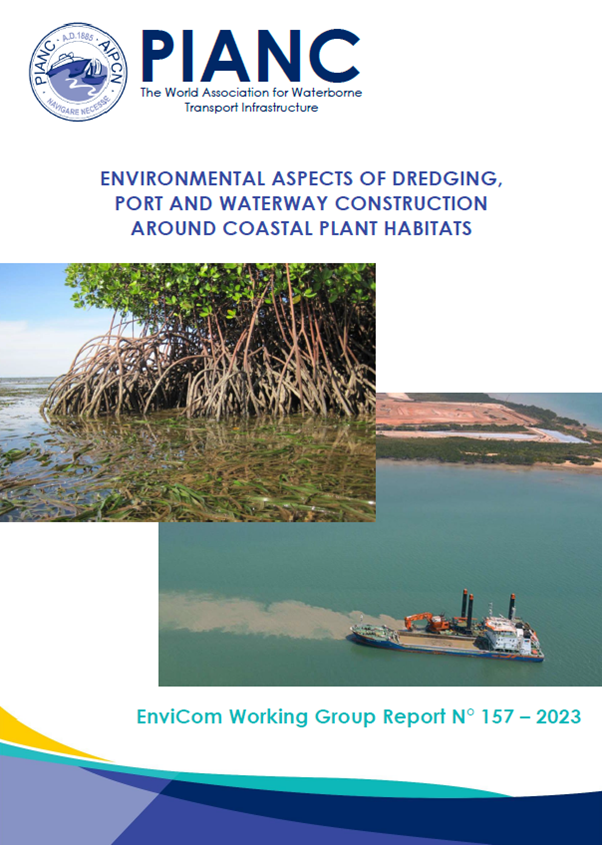PIANC Guideline: support sustainable development
Global economic growth demands increasing port expansion and construction, involving dredging and construction activities. These activities may lead to various adverse impacts on the marine environment, especially when carried out near sensitive coastal plant habitats such as seagrass meadows, mangroves and salt marshes. Together with partners, Deltares has co-developed the PIANC guideline, which aims to support sustainable development by describing global best planning, monitoring and management practices to prevent, minimise or mitigate environmental impacts on coastal plant habitats from dredging and port construction. The guideline serves as a vital tool for developers, authorities, conservationists and other stakeholders.

Guideline Scope
In this new PIANC Guideline, PIANC’s Working Group 157 offers international best management practices to prevent, minimise or mitigate environmental impacts from dredging, port- and waterway construction on coastal plant habitats, such as mangroves, tidal (salt) marshes, seagrass beds and macroalgal communities. This report comes at a crucial time when the critical role of these habitats in mitigating the effects of climate change through coastal protection, flood mitigation, and carbon sequestration and storage worldwide is increasingly being recognised.

Making the guideline
The guidelines have been drawn up by an international team of experts and practitioners from universities, port authorities, dredging companies, consultancies and applied research institutes such as Deltares, DEME, DHI and IH Cantabria, and have been reviewed by a diverse group of potential users.
Deltares has contributed ample experience with Building with Nature, planning and design, monitoring and marine habitat impacts from projects all over the world. The document contains plenty illustrations and visuals and features nine practical case studies that describe examples of some of the main principles and practices addressed in the various chapters.
The guideline aims to address the needs of various stakeholders involved in coastal zone management: port-, coastal- and environmental authorities, engineers, ecologists, developers, consultants and NGO’s and dredging- and construction companies.
Comprehensive and detailed. Despite being largely familiar to me, I definitely will use and recommend this guideline to colleagues and partners because the essential information is nicely together
Fokko van der Groot, programme manager at Ecoshape and Environmental Engineer at Boskalis
Contents of the PIANC Guideline
The guide describes how planning, dedicated environmental monitoring and adaptive management during dredging, port and waterway construction works can help avoid or minimise unwanted, detrimental effects to coastal plant habitats.
State-of-the-art methodologies for assessment of impacts are described along with their practical application. Techniques to minimise, mitigate and/or compensate impacts are assessed with respect to their practicality, effectiveness and relevance around coastal plant habitats. Ways to restore and enhance these vital habitats – through applying principles of ‘Building with Nature’, ‘Engineering with Nature’ or ‘Working with Nature’ (e.g. beneficial reuse of dredged material) – are also described.
The guidelines are based on a review of available literature and practical experience in managing the environmental aspects of dredging, port and waterway construction activities around coastal plant habitats.


